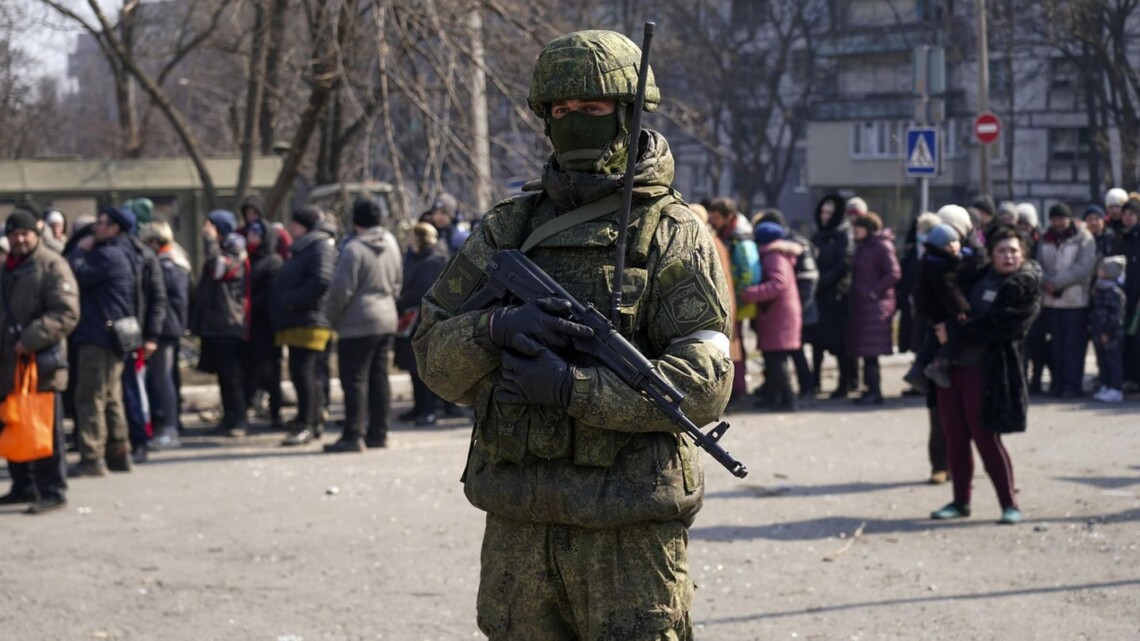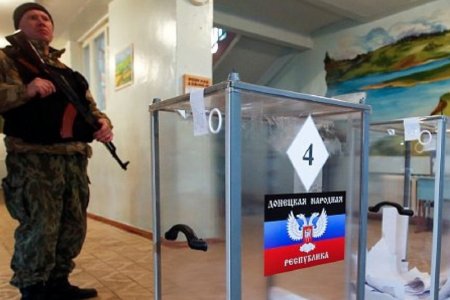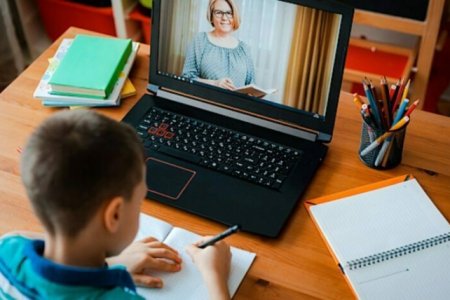
Since 5 May, the Russian invaders and local collaborators have been effectively deporting people from their homes in occupied parts of Zaporizhzhia oblast. This is claimed to be ‘evacuation’, but Ukrainian and international observers are sceptical about Russia’s motives. They suspect the Russians of using civilians as human shields, while actually evacuating military personnel and equipment, and of trying to conceal evidence of the war crimes committed under Russian occupation.
On 5 May, the occupation ‘authorities’ announced ‘evacuation’ from 18 populated areas of the Zaporizhzhia oblast under Russian occupation. Within the first three days, the Russians boasted of having moved around three thousand people, of whom a third were children. The Russian-installed ‘acting head’ Yevhen Balitsky spoke of plans to move 70 thousand people to Berdiansk.
The head of the Berdiansk Military Administration, Viktoria Halytsyna told Radio Svoboda that of the buses that brought people to Berdiansk, only a third were full of civilians, with the rest, in fact, carrying Russian military. The civilians were left in Berdiansk, while the military were taken further, in the direction of Mariupol (Donetsk oblast).
“For the moment it is unclear whether this is to reinforce the Donetsk direction, or whether they’re taken to Russia. So the Russians used people from temporarily occupied territory as a human shield for their own soldiers.”, Halytsyna added. She noted also that the Russians in Berdiansk are showing signs of panic. They have set up a road patrol on the Melitopol highway, and are checking all vehicles, including those of people ‘evacuated’.
Viktor Dudukalov, Deputy Chair of the Berdiansk Raion Council, clearly sees growing panic among the invaders as one of the reasons for what he describes as ever-worsening behaviour from the occupiers in Berdiansk, including rape and looting. He explained in an interview to Espreso that, from the beginning of Russia’s invasion, there had been a lot of Russian Guard men from Dagestan who were deployed on checkpoints and where civilians were illegally held prisoner. Dudukalov notes that the latest rotation of such individuals is currently underway, and the new lot’s behaviour is getting worse and worse. They understand that they’re coming for a shorter amount of time, and that Ukraine’s counter-offensive is inevitable. All of this, he says, has a great impact on their behaviour. “They arrive and understand that even after a year they’re not welcome. Therefore the rape and looting are continuing and getting worse.”
In discussing the likely reasons for Russia’s sudden ‘evacuation’ of people from occupied parts of Zaporizhzhia oblast, military expert Ihar Levin also noted the occupiers’ unpopularity. On 11 November 2022, the world witnessed the joy with which Kherson residents greeted the Ukrainian Armed Forces’ liberation of their city from the Russians. One of the motives he suggests for this supposed ‘evacuation’ is revenge against all those Ukrainians whom they understand are just waiting for liberation (and whom they refer to as ‘waiters’).
Levin also points to other objectives, mostly linked with the Russians’ fear of Ukraine’s counter-offensive and efforts to prepare for hard battles. Such purported evacuation enables the Russians to conceal their movement of personnel and technology, as was seen when they were forced to retreat from parts of Kherson oblast. By changing military personnel into civilian clothing, the Russians hope to get some out, while bringing others in with such camouflaged movement making it hard for Ukraine’s Military Intelligence to estimate the size of their forces, and quite simply to determine who are genuine civilians, and who are not.
Levin also assumes that they want to use buildings and other infrastructure thus vacated for defence purposes. Since the terrain is largely comprised of steppe lands, any city or even village can be used as a fortress.
The Centre for Journalist Investigations [CJI] stresses that this alleged ‘evacuation’ is essentially covert deportation of people. As well as all of the above motives, the Russians are also simply trying to destroy evidence of war crimes, while collaborators are using the time to make their escape to (currently) occupied Crimea. Balitsky’s public claim that the entire occupation ‘leadership’ were in Melitopol was rather undermined by the fact that he himself was (according to CJI) speaking from a studio in occupied Simferopol.
The Ukrainian Armed Forces Headquarters report that several smaller occupation ‘administrations’ have ended their activities. They believe that, during the night from 6 to 7 May, the Russians loaded up documentation, office equipment and other state property, and took this away, with the city also vacated by a significant percentage of the occupation ‘administrations’, with their families. CJI suggests that, given the huge queues both to get into occupied Crimea, and around Russia’s illegal Crimean Bridge, that a lot of the documentation and plundered items may be taken away by boat through the Berdiansk Port.
“The mayhem and chaos of ‘evacuation’ are needed by the invaders so as to use this time to secretly destroy evidence of their war crimes before the inevitable deoccupation.”, CJI writes. Nor is this a question of documents alone. Ukraine and the world saw evidence of the horrific atrocities committed by the Russians in Bucha, Izium and other liberated Ukrainian cities. Each liberation has led to the discovery of torture chambers, unmarked graves, often containing the bodies of those clearly tortured to death. There are no grounds for hoping that the Russians behaved any differently in occupied parts of Zaporizhzhia oblast.



